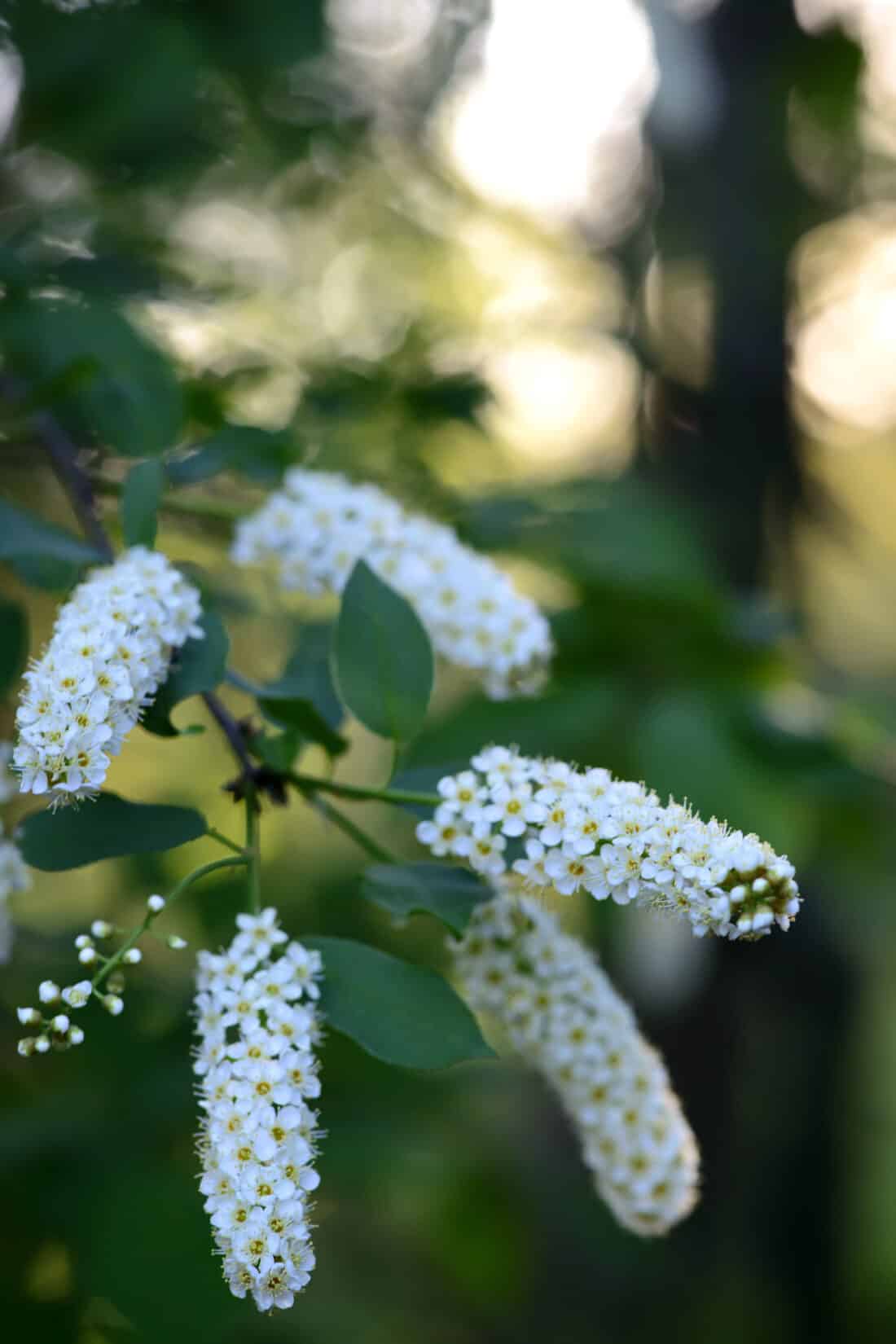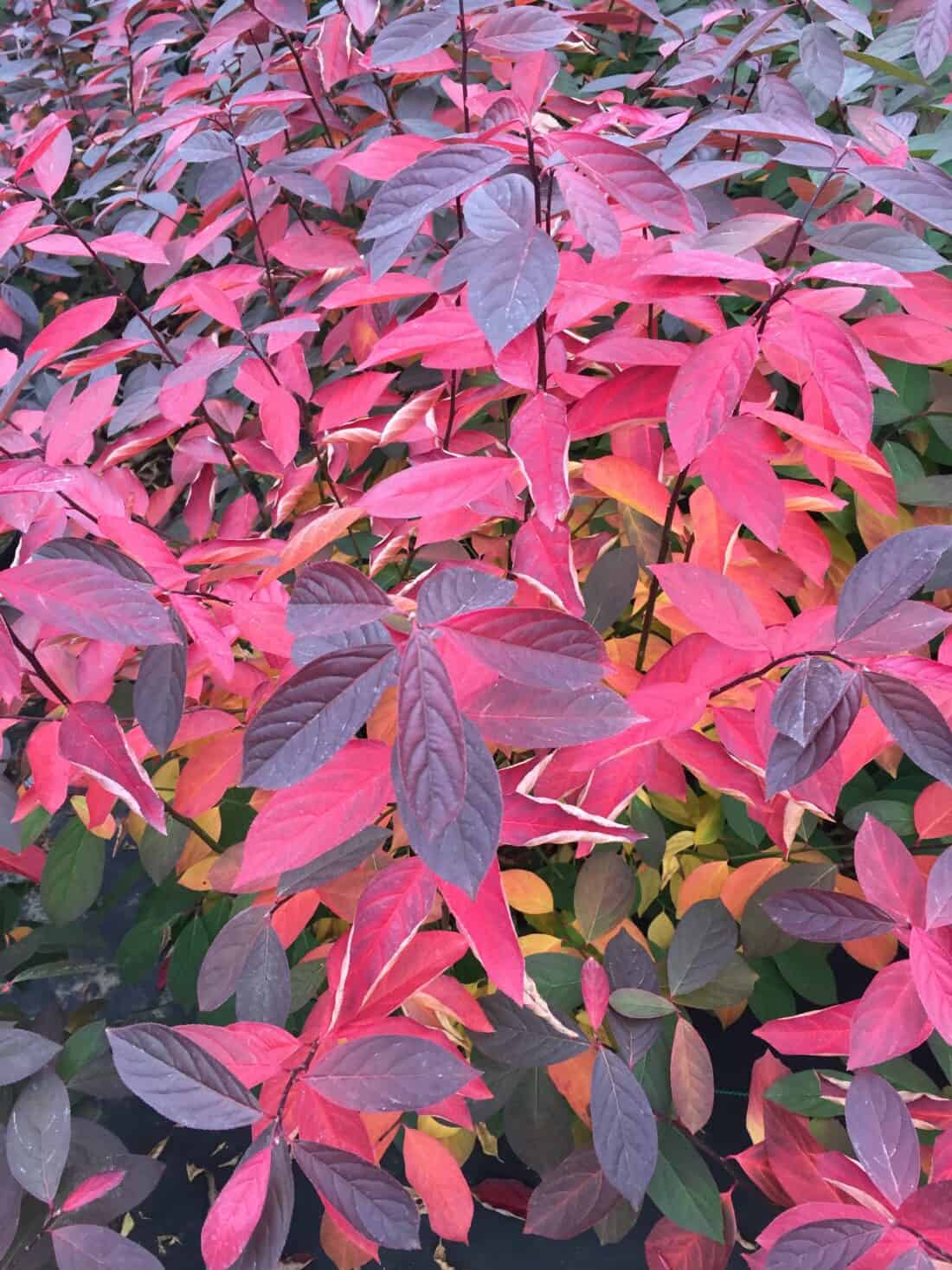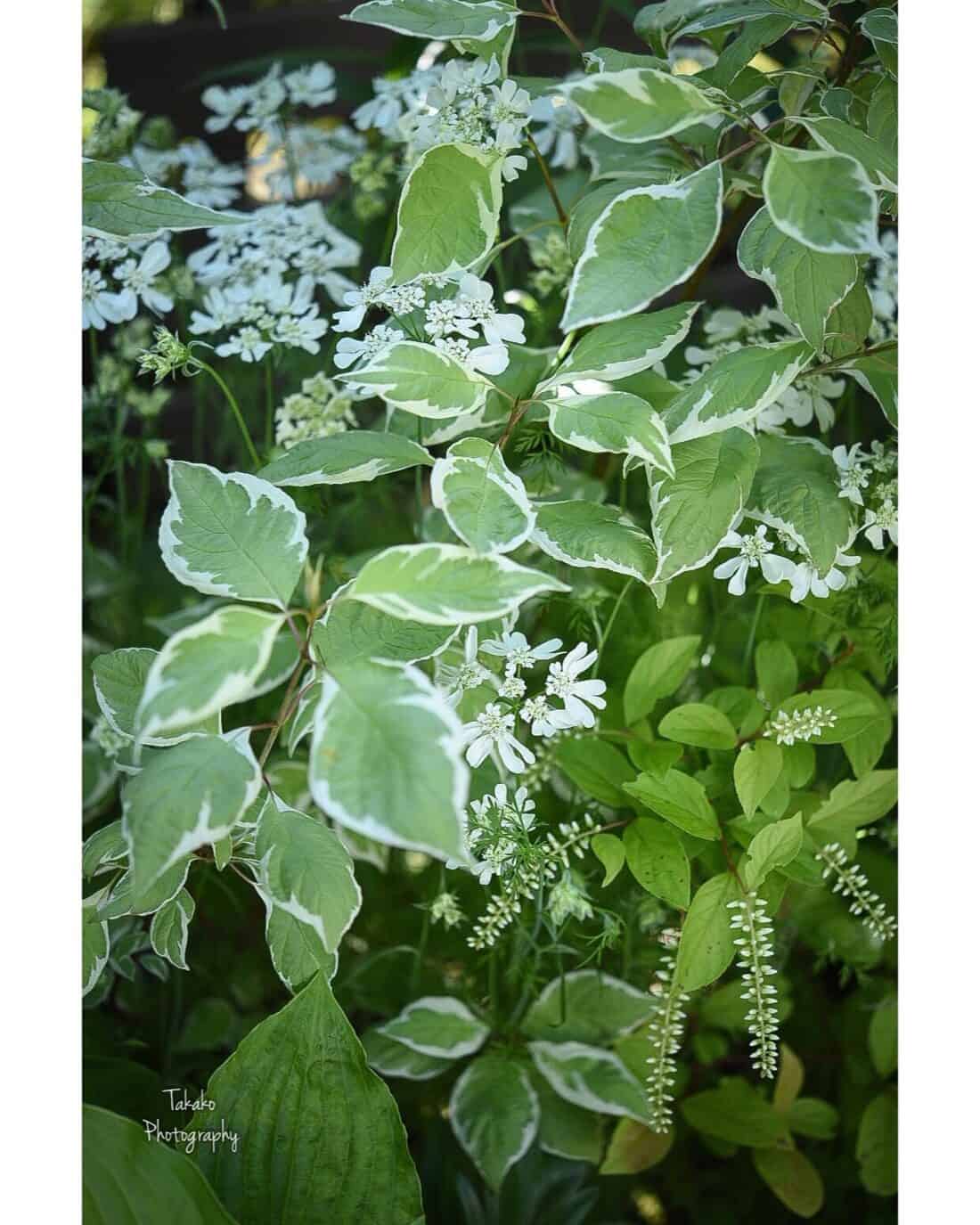I am deep in the throes of a design maelstrom. New planting designs are flying at me from every direction, like the tornado in The Wizard of Oz.
Thinking along the lines of butterflies and hummingbirds, most of our plants will be reds, yellows, and oranges. Agastache, Salvia, and Asclepias are just a few of the pollinator attractors scheduled for our summer planting palette. After specifying over 2,000 new and unusual plants for these pollinator planting plans, I came across one last area in the gardens that needed some new ideas

Considering Sweetspire Shrub – A Sublime Native
As you walk from our great lawn area to the event lawn (if you have ever visited CMBG, this is the area off to the back where we hold weddings), you will pass over a rill and then come upon seasonal planting beds on both sides of the pathway. Over the past seven years, the surrounding plantings have filled in and have begun to shade these beds. Seasonal plantings just do not have the va-voom of years past, so I am looking for something new and permanent to fill the beds and make an impact.
After searching for months for the newest and coolest plants for the other garden beds, these last two small beds were stumping me to no end. I envisioned a plant that would graciously spill over the bed edge like a middle-aged man’s muffin top (keep your shoulders up and your back straight, gents). After wracking my brain and emailing friends for suggestions, nothing seemed to fit the bill. Then, one day, I started going back through simple, stalwart plants that would make a sublime statement.
Itea virginica – Sweet Spire
Itea virginica, why had I not thought of Itea virginica? What a great native! I do not see Itea used a lot in Maine. As a matter of fact, I cannot recall seeing it anywhere. But to tell you the truth, we have had so much snow on the ground for so long that I am starting to forget what actually grows below the spruce and birch trees in Maine. By planting Itea on both sides of the pathway, we would have an upright, attractive, flowering shrub that you would walk through.

The leaves on Itea virginica or Virginia sweetspire are oval-shaped, up to 4″ long, with a pointed or acuminate tip. The leaves emerge in spring as a bright green, transforming to a dark green as the summer wears on. Then, in early summer (late June in Maine), white, flowering racemes emerge from the plants and drip down over them.
Hopefully, when in flower, this will actually call attention to the muffin top design. The mental image I have is of walking through this fragrant flowering mass with bees and butterflies hovering about, drunk on the nectar of this Virginia sweetspire.
This area is slightly moist being adjacent to a pond and rill, so Itea will grow just fine in these conditions. Over time, once established, the plants will begin to slowly sucker, forming a colony on both sides of the pathway.
The last wonderful thing that I will add about Virginia sweetspire is the fall color. The fall color is variable from leaf to leaf but can best be described as all the various shades you might come across at a red wine party. Zinfandel, pinot noir, cabernet sauvignon, malbec, and merlot (there is a cultivar called Merlot) are some of the shades that you might come across in a mass planting.

Here in New England, there is a residual love of the highly invasive burning bush – and if you are wondering what you can replace it with – Itea should top your list. The fall color is as good as Burning Bush (Euonymus) – actually better – because it isn’t going to destroy the local ecosystem.
We are using the cultivar called Itea virginiana ‘Little Henry™’ or ‘Sprich.’ This cultivated variety differs from the straight species by being smaller in form (2.5-3′ in height versus 3-4′ and shorter inflorescences, 2-4″ in length versus 3-6″ in length).
After going through stacks of catalogs to find really cool new plants for the other gardens, there is a bit of a welcome “this is it” when selecting Itea virginica for this spot in the gardens. I hope it performs as well in real life as it looks in my head.
-Rodney

+comments+